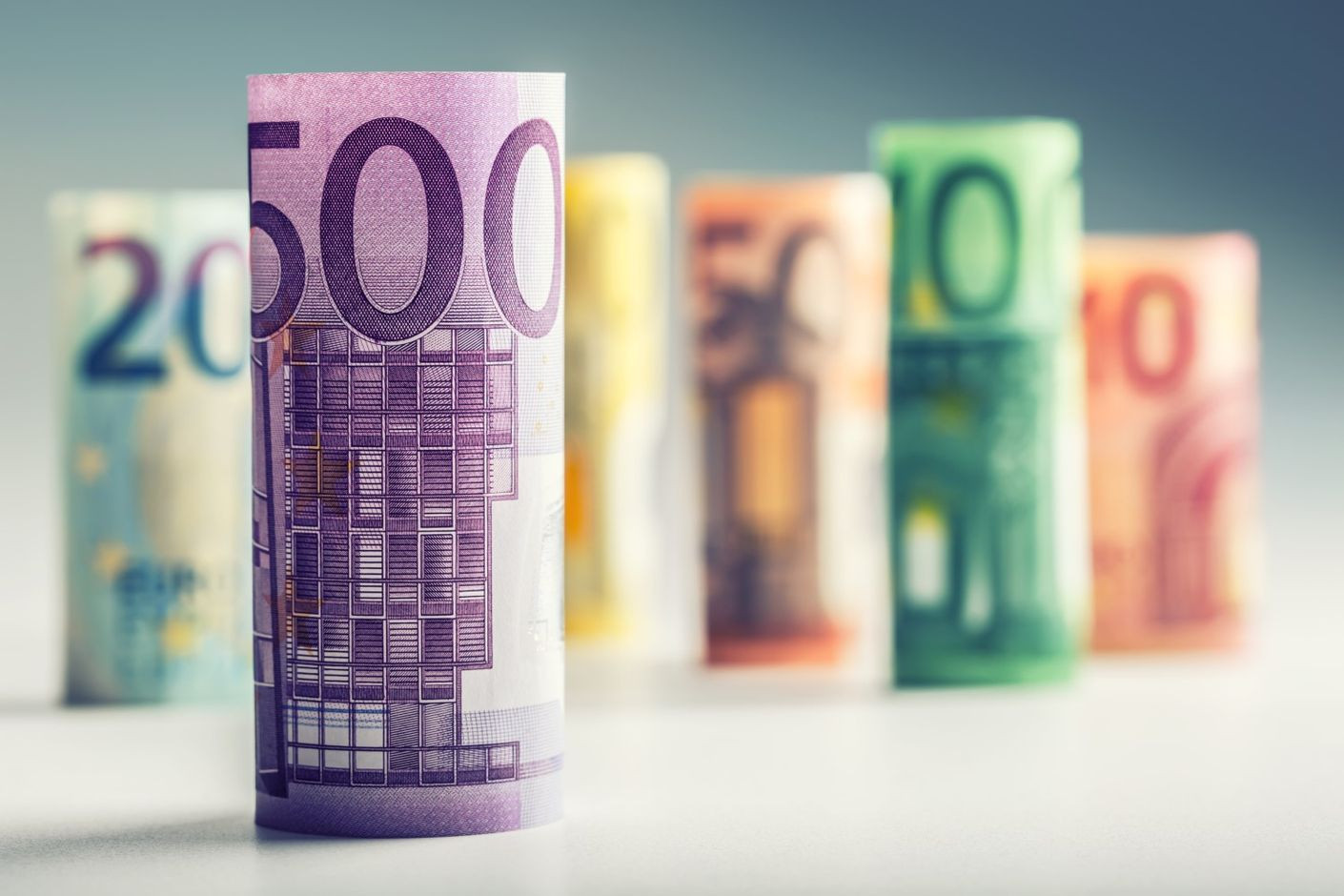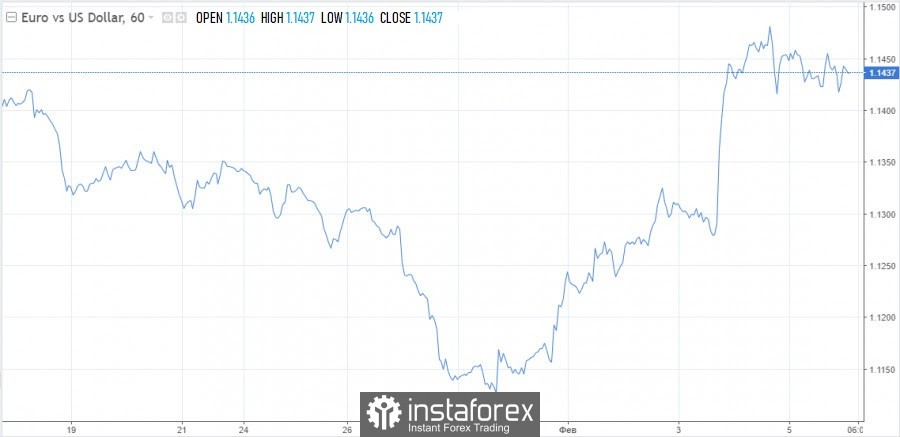
The single currency is unable to develop growth, it started the new week with a slight downward correction. Although there have been changes in the European Central Bank's rhetoric, this does not mean at all that the central bank will urgently start raising the rate. Market players are planning for a series of policy tightening before the end of the year and still understand that this is a certain risk, the ECB can keep its word and leave everything as it is for now.
The euro does not have a strong foundation from which to develop growth, so the EUR/USD pair is stuck around the 14th figure. Further, its dynamics will depend on the incoming news. At the moment, there is nothing that could inspire euro bulls. The fading momentum in the economy indicates that the ECB may refrain from fighting inflation.
Germany published data on industrial production on Monday. The indicator turned out to be a disappointment, the weakness became deeper. On a monthly basis, the industry shrank by 0.3%, the annual value fell by 4.1%. Analysts on average expected production growth of 0.4%.
The coming months will be extremely exciting for the ECB, and the central bank faces a difficult choice. It is necessary to choose what is more important - the fight against inflation or economic recovery in the region. Now the rate of price growth goes hand in hand with the decline in economic activity. On the one hand, record inflation for decades requires tightening monetary policy and maintaining the euro exchange rate. On the other hand, production activity has been in a downward trend for almost four months.
If the rate is raised, the pressure on production activity will increase, the cost of lending will increase. The imprint will also be applied to the sphere of consumer lending.
The UOB Group expresses doubts that the ECB will decide to raise the rate this year. At this stage, ECB President Christine Lagarde can continue to bend her line, and real steps will be taken only in 2023.
The next meeting of the central bank, which will be held on March 10, is important for the euro. In addition to the rhetoric and the general mood of the central bank's leadership, forecasts will be important. The ECB should announce adjusted estimates for consumer price growth.
Where will the euro move in the coming sessions? Now we can state that the six-day rate increase has stopped. A downward trend looks the most likely, but there is no question of a deep dive.
The EUR/USD pair failed to overcome the local resistance level of 1.1480, and this means a lot. As soon as the local support level of 1.1415 is broken, the quote will accelerate the decline.

According to the forecasts of Scotiabank analysts, a breakdown of 1.1400 will target the pair at 1.1350.
Since the euro does not need facts, the currency does not live with an eye on the fundamental picture, but expectations, new comments by ECB officials about a possible rate hike this year and the timing can limit the drawdown. And in general, the discussion of this topic will most strongly affect the dynamics of the course.
For example, several rate hikes have already been incorporated into the dollar, while not in the euro. The growth potential of the euro is now higher and it may overtake the greenback for some time and take the place of the "king" of growth.
At the weekend, the representative of the ECB Governing Council, Klaas Knot, made it clear that he expects the first rate hike in October. At the same time, his colleague Martins Kazaks was not so generous with comments, saying only that the central bank could complete its stimulus program earlier than planned. He carefully avoided the topic of raising the rate and timing, noting only the excessive haste of investors. According to him, the ECB is unlikely to raise the rate in July, as market players expect.
The first support is at 1.1400, then 1.1350 and 1.1320. Resistance is marked at 1.1480, 1.1500 and 1.1550.





















